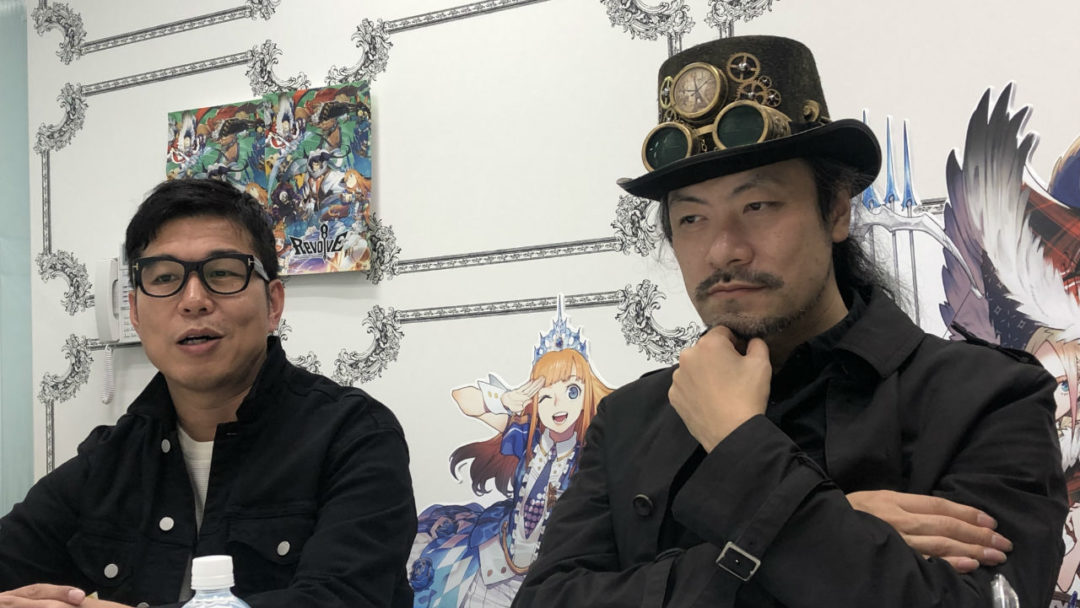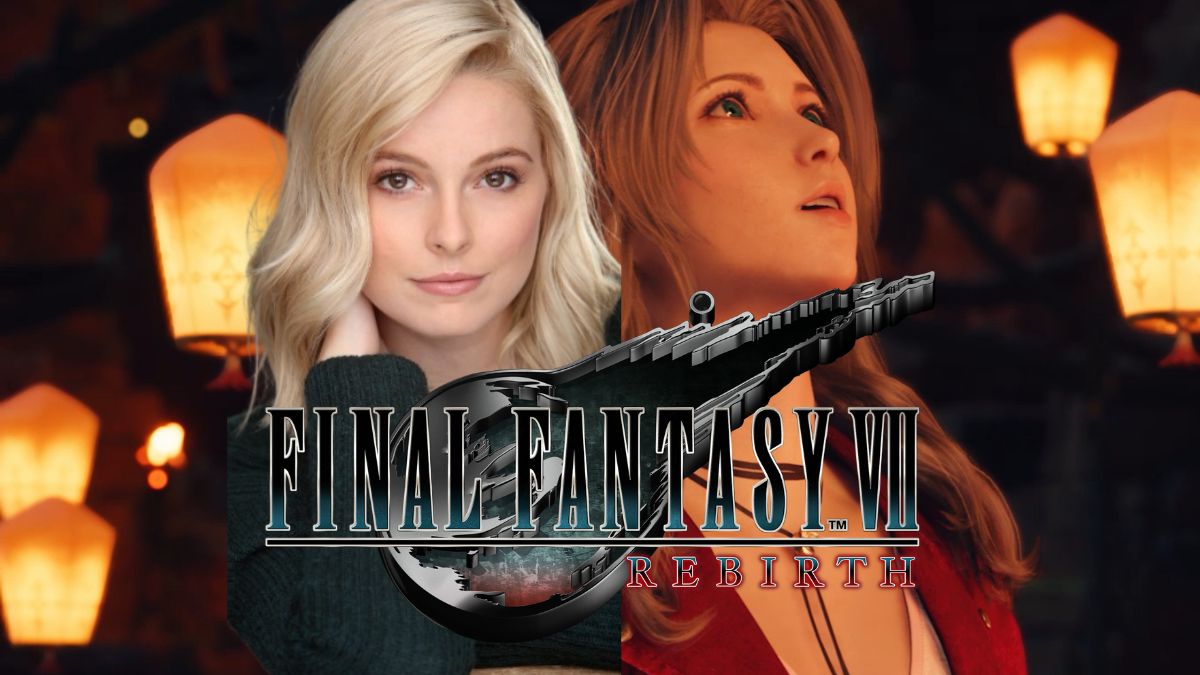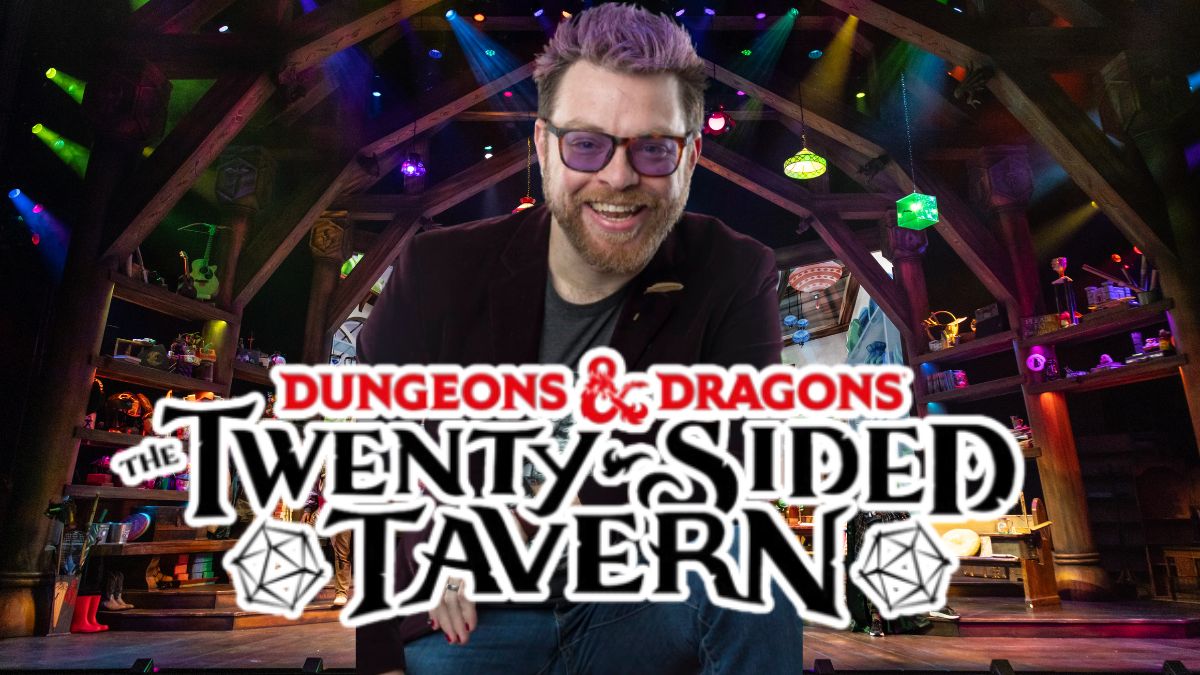I’ll cop to it: Revolve8 is precisely the sort of game I’m prone to ignoring entirely. Call it taste blindness; there are just certain types of game that I don’t actively scorn but that I literally have trouble noticing because of the venue where it’s played or the art style. This is not something I’m proud of. The arbitrary limit my brain has in accepting free-to-play games, mobile or browser exclusives, or light competitive games means that I’m closed off to experiences that not only might be enriching but are from artists I otherwise admire. Revolve8 — stylized as Rev8 — exists entirely in my blindspot: a free-to-play real-time strategy game emphasizing player versus player fights wrought in a flowing, lurid modern anime art style. The game might as well be rendered on the infrared spectrum for how well my stupid eyes will perceive it in the deluge of games released on any given day.
Then I found out it’s made by Masayoshi Kikuchi and Koji Igarashi. Never household names, Kikuchi and Igarashi nonetheless have pedigrees that would make turn-of-the-century game design lovers swoon. Igarashi is the director and producer best known for transforming Konami’s pulpy Castlevania action series into a gothic exploration saga in Castlevania: Symphony of the Night and the decade’s worth of sequels that followed it. Kikuchi, meanwhile, is 23 years deep into a storied run at Sega. These days, he’s a producer on the Yakuza series and other projects like Binary Domain, but 20 years ago he directed the stylish graffiti and in-line skating fantasia Jet Set Radio. Revolve8 is an unlikely collaboration between the two born out of a chance meeting at a New Year’s party in Tokyo.
“I met Iga-san for the first time at that New Year’s party,” Kikuchi told me through a through a translator. “It was actually a curry restaurant! At that time Iga-san was already creating the basics of Revolve8. He showed me his creative concepts for it right there and I instantly fell in love with it.”
Though that party was the very first time the two had met, they’d been playing each other’s work for decades. Kikuchi told me he was a fan of Tokimeki Memorial, a Japan-only dating simulator that was one of Igarashi’s very first games. Meanwhile, Igarashi had been following Kikuchi’s output since the original Jet Set Radio hit Dreamcast in 2000. I asked if their collaboration was infused with some of the soul of their work from their early days. “Maybe there’s an essential part of us that you could see in Jet Set Radio and Tokimeki Memorial that is also in Revolve8. But it has more of a team spirit,” Kikuchi explained.
That collaborative heart is fitting for a game whose greatest strength is its broad cast of weirdos. Rev8 is a difficult game to summarize to a layman, let alone wrap your head around when you start playing it. The whole thing takes place in a sort of collective fictional world — a place where every character from every story ever told coexists — and the primary characters are freaky anime renditions of classic fairy tale fixtures. Like an accidental crossover between Tank Girl and an obsessive manga collector’s Tumblr, a character like Rapunzel is warped into a tank-driving, wild-eyed warrior with cannons woven into her hair. “Whenever we read a fairy tale as an adult, there are a lot of contradictions in it,” Igarashi told me. “I like to exaggerate those contradictions when creating the characters. And some of those classic characters, in the original story, lack personality. So I exaggerate their character design.”
The bombastic character design is actually a stabilizing force when you’re trying to come to grips with how to play that game. You have a deck of eight cards, each one representing a soldier, resource, or structure, that you place on opposing sides of a small battlefield. You then deploy and arrange them over the course of three minutes with the goal of wiping out your opponent. Those fairy tale characters are your biggest weapons, and each one has a special skill. Red Riding Hood, with her oversized traveling cloak horrifically and goofily made of what clearly used to be the Big Bad Wolf, specializes in attacks that can target multiple enemy units. “When people play Revolve8 for the first time, I want them to feel the uniqueness of each character, how the character is awkward or punkish,” said Igarashi.
Each fairy tale character has their own little story that doubles as a tutorial but even after playing through a smattering of them I never felt like I knew exactly what I was doing when playing human opponents. I admired the quality of the game, though. It’s precisely the sort of game that would have come in a box and cost $40 up front to play on a Game Boy Advance during its creators’ early days. Beneath its complex facade is a smart, well-made product that’s every bit as idiosyncratic as the work Igarashi and Kikuchi’s have done that still maintain followings 20 years later. Kikuchi made his first mobile game in 2012 and has been trying to foster that sense of quality.
“When I first went into mobile games, free-to-play type games were expanding,” Kikuchi said. “I wanted to challenge myself. Today there’s no border between console, mobile, and handheld games, but even when I first went into mobile development, I thought about it the same way.”
Talking with Igarashi and Kikuchi, I found myself trying to intentionally recalibrate how my first impressions affect my expectations of what a game is. My initial sense of Rev8 wasn’t entirely wrong: this is not a game for me. But I should have been more open to the experience before knowing that Kikuchi and Igarashi were the people behind it. After all, here are two creators decades deep into their careers, both of them having largely moved on from directing games and onto producing, that have teamed up to make something wholly different than anything else they’d ever done before. If they can keep making games unblinded by their habits and predilections, I should be able to keep my eyes open to see games like Rev8 as they are rather than what I think they are.






Published: Mar 25, 2019 02:04 pm